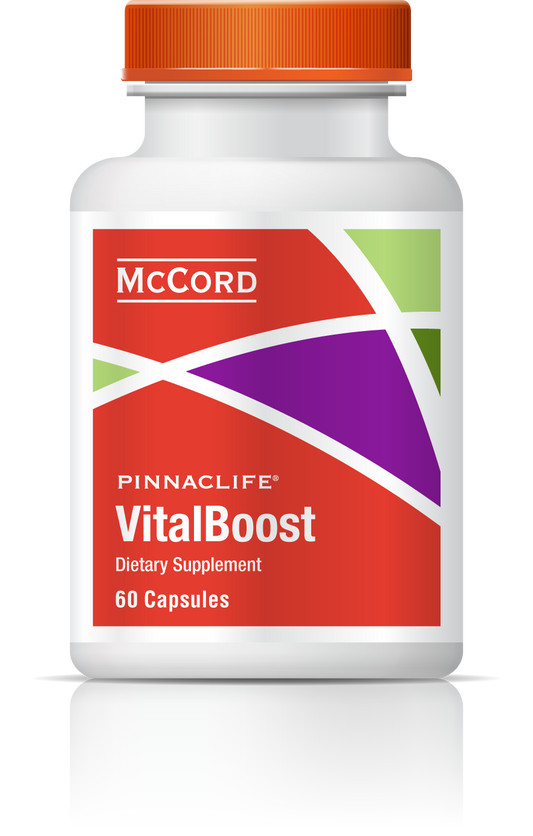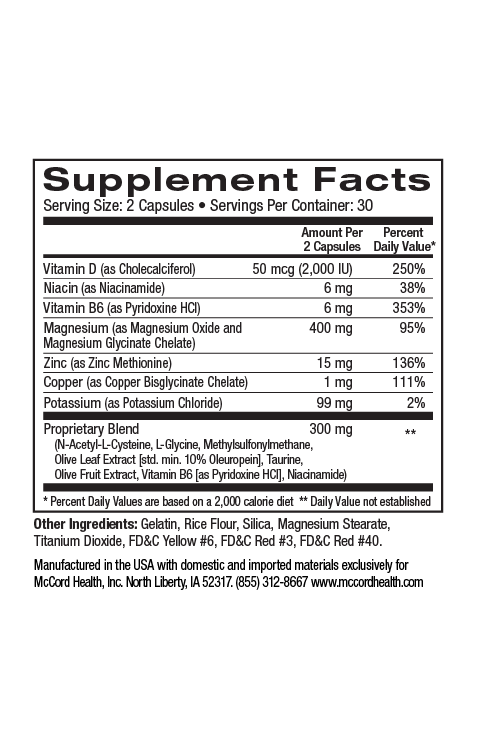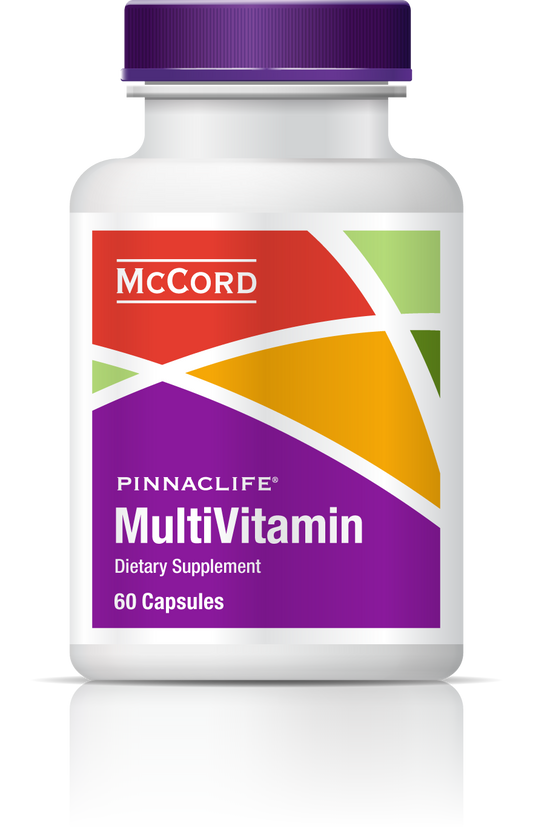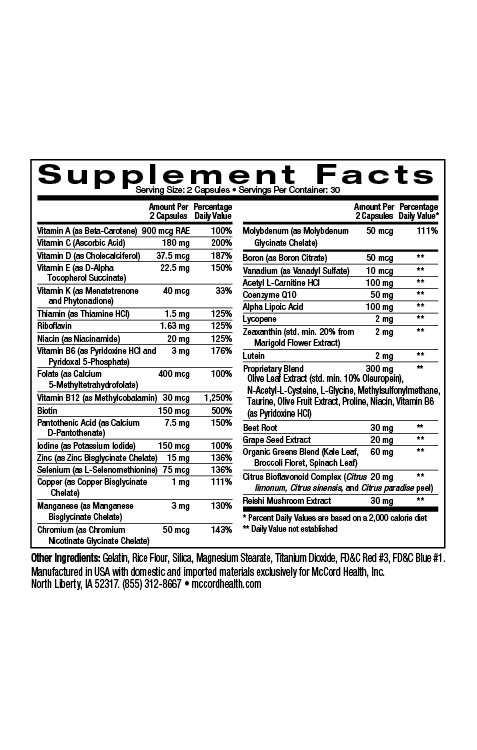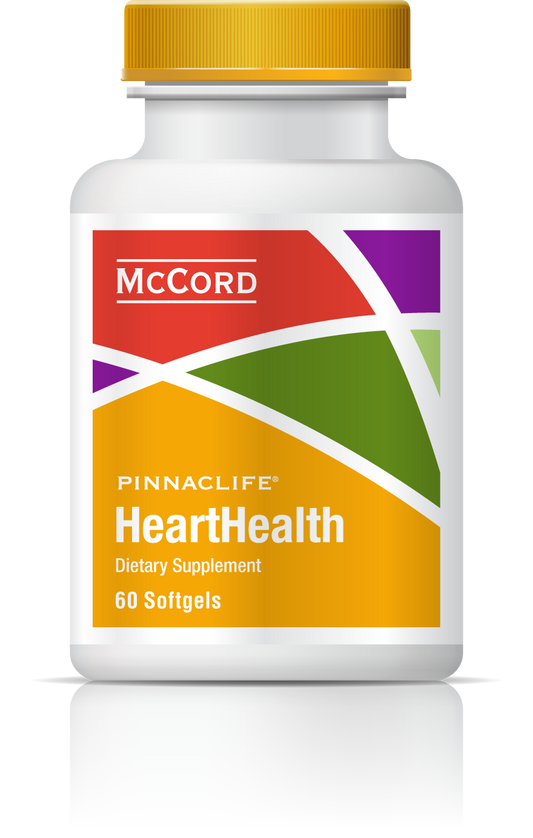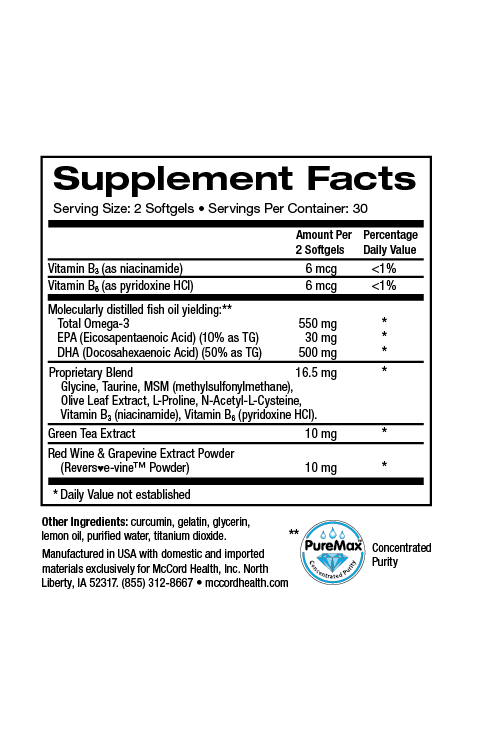Most people realize that stress affects critical organs like the heart and the brain, but what’s not as well known is how stress affects other important organs including skin. In fact, scientists are now learning more and more about the affects of stress on the skin and how skin stress can affect the body in general (systemic affects). There are many different types of stress that can affect the skin including from environmental sources such as UV radiation (UVR) from the sun, low humidity, or air pollution. Some forms of environmental stress like UVR and air pollution result in oxidative stress that can occur within skin cells. On the other hand, psychological, emotional or psychosocial (pertaining to psychic and social aspects) stress can also affect skin health.
It has been shown that UVR causes oxidative stress leading to immune and skin cell damage. What has been a mystery is how UVR can sometimes cause immune suppression throughout the body. At the cellular level, it has been shown that UVR can cause free radical formation including reactive oxygen species (ROS) in the skin that can lead to oxidative stress. When oxidative stress occurs, the naturally protective oxidative defense enzymes such as superoxide dismutases (SOD) that are capable of neutralizing free radicals become overwhelmed. This can result in damage to proteins, lipids and DNA.
Viniferamine® skin and wound care products include ingredients that counteract oxidative stress including the important polyphenols, oleuropein, resveratrol and epigallocatechin-3-gallate (EGCG) from olives, grapes and green tea respectively, as well as melatonin and L-glutathione. Some of the beneficial ingredients found in Viniferamine® skin care products also activate natural antioxidant enzymes including SOD. In a model where manganese SOD (MnSOD) was deactivated, oleuropein induced MnSOD activity. Resveratrol has been shown to increase the expression of MnSOD in endothelial cells. In addition, EGCG has been shown to increase SOD activity in human skin fibroblasts.
Amazingly, scientific evidence indicates that skin possesses a mechanism to deal with stress (including environmental stress) that is similar to the hypothalamic-pituitary-adrenal (HPA) axis used by the body. Within the human body, this axis involves the hypothalamus in the brain producing corticotropin-releasing hormone (CRH) that stimulates the pituitary gland to release adrenocorticotropic hormone (ACTH), which causes the adrenal gland to produce glucocorticoids (mainly cortisol) when the body is under stress. Glucocorticoids (steroid hormones) like cortisol suppress the immune response to stress to decrease inflammation that can be damaging to many tissues. Interestingly, skin can also produce cortisol, and all the molecular players of the HPA axis can be found in the skin including corticotropin-releasing factor (CRF) that regulates the production of ACTH.
Scientist now believe that the skin, therefore, produces compounds that may activate the pituitary gland to stimulate the release of cortisol from the adrenal gland resulting in global affects of glucocorticoid production including systemic immune suppression that has been found after UVR exposure. Skin may also be able to activate the HPA axis through neural pathways. In terms of global effects, it is well known that patients taking glucocorticoids for prolonged periods can have immune suppression throughout their bodies that can contribute to decreased fibroblast proliferation, altered collagen synthesis, reduced wound contraction and incomplete formation of granulation tissue. Psychological, emotional or psychosocial stress can also have profound effects on skin barrier function, wound healing and susceptibility to skin infection due to the release of stress hormones like the glucocorticoid, cortisol.
Many people experience psychological, emotional or psychosocial stress-related skin problems including acne, the activation of herpes virus infections as well as the stimulation of atopic dermatis (eczema) flares. Evidence suggests that these problems are at least partially caused by the affect of cortisol on skin barrier function and the skin microbiome. Glucocorticoids (including cortisol) have been shown to decrease keratinocyte proliferation, impair epidermal cell maturation, increase skin barrier permeability and decrease skin antimicrobial peptide production. In addition, the altered homeostasis of the skin that may be caused by stress is likely to result in dysbiosis (changes in relative compositions of different microbes compared to normal skin) that has been associated with skin problems including psoriasis, atopic dermatitis and rosacea.
Viniferamine® skin and wound products contain ingredients that strengthen and improve the skin barrier. Quantitating transepidermal water loss (TEWL) is one way to assess the quality of the skin barrier and how well it functions. Oleuropein has been shown to reduce TEWL, indicating its ability to increase skin barrier function. Evidence also demonstrates that melatonin has a stimulatory role in building and maintaining the epidermal barrier. It’s also been shown that moisturizing skin improves the epidermal barrier. Viniferamine® Renewal Moisturizer and gentle cleansing lotion, Clean N Moist, provide moisturizing nutrition to help restore skin barrier function.
Maintaining skin homeostasis and a normal skin microbiome is important for healthy skin and optimal wound healing. Viniferamine® skin and wound care products are pH balanced and correspond with the normal chemistry of skin to help preserve the normal skin microbiome. Disruptions in the microbiome due to harsh soaps or cleansers can decrease the protection provided by certain microbes that are normally found in skin. Viniferamine® Clean N Moist gently cleanses skin without causing irritation. Diligent skin care including mild cleansing and moisturizing has been shown to significantly improve skin hydration and overall skin health.
In a world where life provides so many different types of stress, it’s good to know that while your skin experiences stress, Viniferamine® skin and wound care products can help reduce its affects. Beneficial ingredients in Viniferamine® skin and wound care products can help decrease oxidative stress, improve the skin barrier and preserve the normal skin microbiome to help keep skin healthy. Viniferamine® Renewal Moisturizer and Clean N Moist, provide skin strengthening nutrition and hydration and provide a protective barrier. The gentleness of Viniferamine® Clean N Moist and Renewal Moisturizer ensures that fragile, stressed skin is moisturized and cleansed without causing irritation.
About the author: Nancy Ray, PhD is the Vice President of Scientific Affairs at McCord Research. Dr. Ray received her PhD in Biochemistry and Biophysics and was a postdoctoral fellow at NIH, Harvard University and Dana-Farber Cancer Institute, and the University of Iowa. She also earned bachelor of science degrees in Chemistry and Microbiology.
References
- Wounds 2016; 28: 78-88.
- Exp Dermatol 2014; 23: 295-303.
- Dermato-Endocrinol 2012; 4: 253-258.
- Wound Rep Reg 2014; 22: 579-593.
- Int J Mol Sci 2014; 15: 18508-18524.
- Diab Vasc Dis Res 2014; 11: 92-102.
- Oxid Med Cell Longev 2012; ID 560682:1-8.
- J Pineal Res 2013; 55: 325-356.
- Int J Gen Med 2011; 4: 105-113.
- Evid Based Complement Altern Med 2012; ID 650514:1-9.
- Cell J 2014; 16: 25-30.
- ISRN Endicronol 2014; ID 816307: 1-8.
- J Am Acad Dermatol 2005; 52: 1049-1059.
- J Pineal Res 2008; 44: 387-396.
- Surgery 1986; 100: 815-821.
- Ann Plast Surg 2007; 58: 449-455.
- Phytother Res 1999; 13: 50-54.
- J Ethnopharmacol 1998; 59: 179-186.
- Connect Tissue Res 1990; 24: 107-120.
- BMC Compl Altern Med 2012; 12: 103-120.
- Altern Med Rev 2003; 8: 359-377.
- Curr Med Chem 2009; 16: 2261-2288.
- Evidence-Based Compl Alt Med 2012; 2012: ID 650514.
- Int J Pharm 2002; 241: 319-327.
- Int J Biochem Cell Biol 2008; 40: 1101-1110.
- Ann Plast Surg 2007; 58: 449-455.
- PLOS One 2015; 10: e0115341: 1-18.
- Exp Dermatol 2008; 17: 713-730.
- J Biol Regul Homeost Agents 2014; 28: 105-116.
- Arch Biochem Biophys 2008; 171-177.
- Phytochem 2014; 98: 164-173.
Disclaimer: These statements have not been reviewed by the FDA. The decision to use these products should be discussed with a trusted healthcare provider. The authors and the publisher of this work have made every effort to use sources believed to be reliable to provide information that is accurate and compatible with the standards generally accepted at the time of publication. The authors and the publisher shall not be liable for any special, consequential, or exemplary damages resulting, in whole or in part, from the readers’ use of, or reliance on, the information contained in this article. The publisher has no responsibility for the persistence or accuracy of URLs for external or third party Internet websites referred to in this publication and does not guarantee that any content on such websites is, or will remain, accurate or appropriate.
